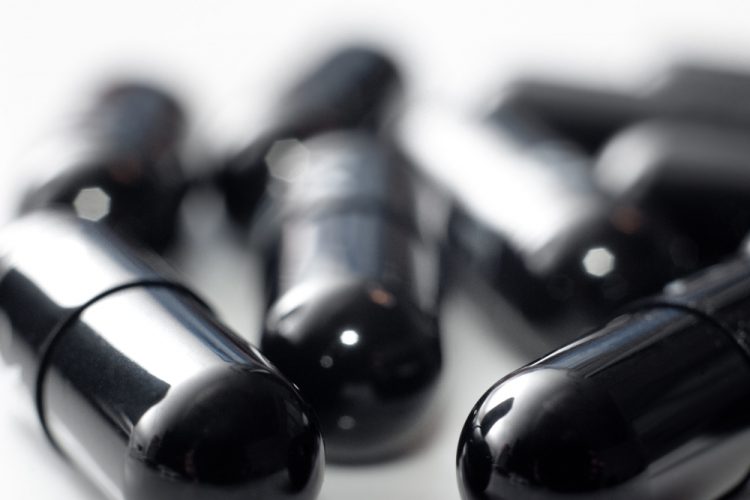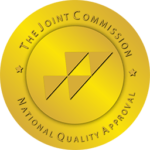The “Black Beauty” drug, a colloquial term from the mid-20th century, refers to a type of amphetamine that was originally marketed under various brand names as a diet pill. These pills, a combination of amphetamine and dextroamphetamine, were often prescribed to boost energy and manage weight, became notorious for their misuse due to their stimulating properties.
Developed initially for medical use, Black Beauty became a household name in the 1960s as a solution for daytime drowsiness and obesity management. However, it wasn’t long before the addictive potential of the drug became apparent, leading to its rise as a recreational drug. Its accessibility contributed to widespread misuse, drawing attention from regulatory authorities and eventually leading to stricter controls.
The Composition and Effects of Black Beauty
The Black Beauty Drug primarily contains amphetamines, which are central nervous system stimulants known for their quick and potent effects on the body. The primary active ingredient in these pills is usually dextroamphetamine or a combination of amphetamine salts, which rapidly increase the release of neurotransmitters like dopamine and norepinephrine in the brain. This surge results in heightened alertness, increased concentration, and a significant reduction in fatigue.
Immediate Effects on the Body
Upon ingestion, individuals may experience a rapid increase in energy, improved mood, and heightened alertness. These effects make Black Beauty particularly appealing to those in high-energy-demand situations such as long working hours or rigorous academic schedules. However, the drug can also cause undesirable immediate side effects such as palpitations, elevated blood pressure, and in some cases, hyperthermia.
Long-term Effects on the Body
With regular use, the body can quickly develop a tolerance to the drug, leading to increased dosages and a higher risk of severe side effects. Chronic use of Black Beauty can lead to serious cardiovascular issues such as arrhythmias and heart attacks. Neurologically, long-term users may suffer from memory loss, cognitive decline, and in severe cases, irreversible brain damage. Psychologically, extended amphetamine abuse can exacerbate or trigger the onset of mental health disorders like bipolar disorder, severe depression, and psychosis.
The Popularity and Risks of Black Beauty
Black Beauty pills were immensely popular due to their effectiveness as both a weight-loss supplement and an energy booster. Their ability to keep individuals alert and active for extended periods made them attractive to those in demanding professions and students looking for an academic edge.
The addictive properties of amphetamines make Black Beauty highly dangerous. Regular use can quickly lead to physical dependency, with users requiring higher doses to achieve the same effects, increasing the risk of overdose and severe health complications.
Identifying Use of Black Beauty
Recognizing the use of Black Beauty can be challenging, particularly in the early stages. However, there are specific signs and symptoms that may indicate someone is using or abusing the drug.
Physical Signs and Symptoms of Use
The most noticeable physical signs include rapid weight loss, chronic insomnia, and physical exhaustion despite high energy levels when the drug is active. Users might also have dilated pupils, dry mouth, and an unusually fast heart rate. In more severe cases, individuals may show signs of physical neglect, lack of personal hygiene, and erratic behaviors.
Psychological and Behavioral Signs
Behaviorally, individuals using Black Beauty may exhibit increased aggressiveness, irritability, or even paranoia. The psychological impact can be profound, with users experiencing extreme mood swings, periods of manic behavior followed by sudden crashes, and in some cases, delusions or hallucinations. Social withdrawal, changes in social circles, and a drop in performance at work or school are common indicators of substance abuse issues.
Treatment and Rehabilitation for Black Beauty Addiction
Treating addiction to Black Beauty requires a comprehensive approach that addresses both the physical dependency and the psychological impacts of long-term stimulant abuse.
Detoxification Process
The first step in treatment is often detoxification, which must be managed carefully by medical professionals. During detox, the body is cleared of the drug under medical supervision to manage the acute withdrawal symptoms safely. These symptoms can include extreme fatigue, depression, and changes in cardiac rhythm, which can be life-threatening if not properly monitored.
Rehabilitation Programs
Following detox, rehabilitation programs play a crucial role in recovery. These programs are designed to help individuals understand the psychological triggers of their addiction, develop new coping mechanisms, and rebuild their lives without reliance on substances. Effective rehabilitation is typically provided in both inpatient and outpatient settings, depending on the severity of the addiction and the individual’s circumstances.
Overcome Addiction at True Self Recovery
The journey to understand and combat addiction to Black Beauty is complex but essential. Awareness, proper treatment, and support can pave the way to recovery and a healthier life.
If you or a loved one are struggling with drug use or drug addiction, get in touch with True Self Recovery. Our Arkansas drug rehab center offers specialized addiction treatment programs for stimulant drugs, prescription drugs, and more. Give us a call to start the journey to recovery.
FAQs
What are the first steps to take if someone suspects addiction to Black Beauty?
The first step is to acknowledge the problem and seek professional help. Consulting a healthcare provider for a formal assessment and discussing treatment options is crucial.
How long does detox from Black Beauty take?
Detox can vary depending on the level of addiction but typically lasts from a few days to several weeks. Medical supervision is recommended to manage withdrawal symptoms safely.
What are the most effective forms of treatment for stimulant addiction?
The most effective treatments include a combination of behavioral therapy, medication-assisted treatment, and support groups. Personalized treatment plans are essential for addressing individual needs.
How can families support a member undergoing rehab?
Families can support their loved one by being actively involved in the recovery process, offering emotional support, and creating a stable, drug-free environment at home.



